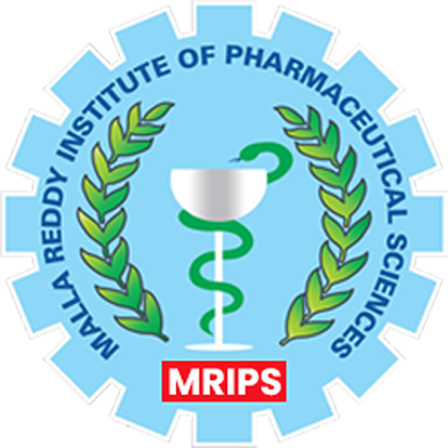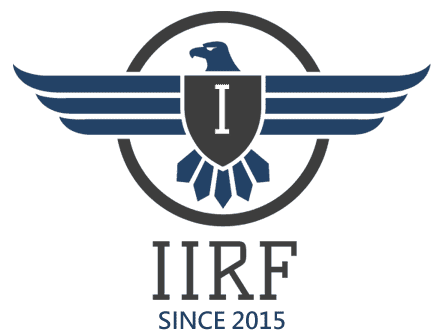Global Competence Index
Global Competence Index (GCI) for Pharmacy Institutions
Purpose:
To assess how effectively a pharmacy institution prepares students for a globalized healthcare environment by integrating international standards, fostering cross-cultural competence, encouraging global mobility, and equipping students for international careers and collaborations.
Core Components & Expanded Metrics
Component | Description | Expanded Metrics & Indicators |
1. Curriculum Internationalization | Integration of global content, guidelines, and case studies in teaching | – Number of globally aligned courses (e.g., WHO standards, ICH-GCP, pharmacoeconomics) |
2. International Collaborations | Partnerships for academic, clinical, and industrial exchange | – Number of active MoUs with international institutions or industries |
3. Global Career Readiness | Student preparedness for international careers and licensure | – % of students attempting/passing international licensing exams (NAPLEX, FPGEE, PEBC) |
4. Language and Cultural Proficiency | Competence in international communication and intercultural understanding | – Availability of foreign language electives (e.g., French, Spanish, Japanese) |
5. Student & Faculty Diversity | Inclusion of international voices and perspectives on campus | – % of international students enrolled annually |
6. Global Research & Outreach | Engagement with global research agendas and health priorities | – Number of publications in international peer-reviewed journals (indexed in PubMed, Scopus, etc.) |
7. Technology & Global Tools Use | Use of international databases, research tools, and global pharma software | – Access to and training in databases like PubMed, Scopus, DrugBank, MedDRA |
Basic GCI Formula
GCI = (Number of students participating in international programs ÷ Total students in class) × 100
GCI to 0–5 Scale Conversion
GCI (%) | Rating | Interpretation |
0–10% | 0 | Very Low Global Competence |
11–30% | 1 | Low Global Competence |
31–50% | 2 | Moderate Global Competence |
51–70% | 3 | High Global Competence |
71–90% | 4 | Very High Global Competence |
91–100% | 5 | Exceptional Global Competence |




